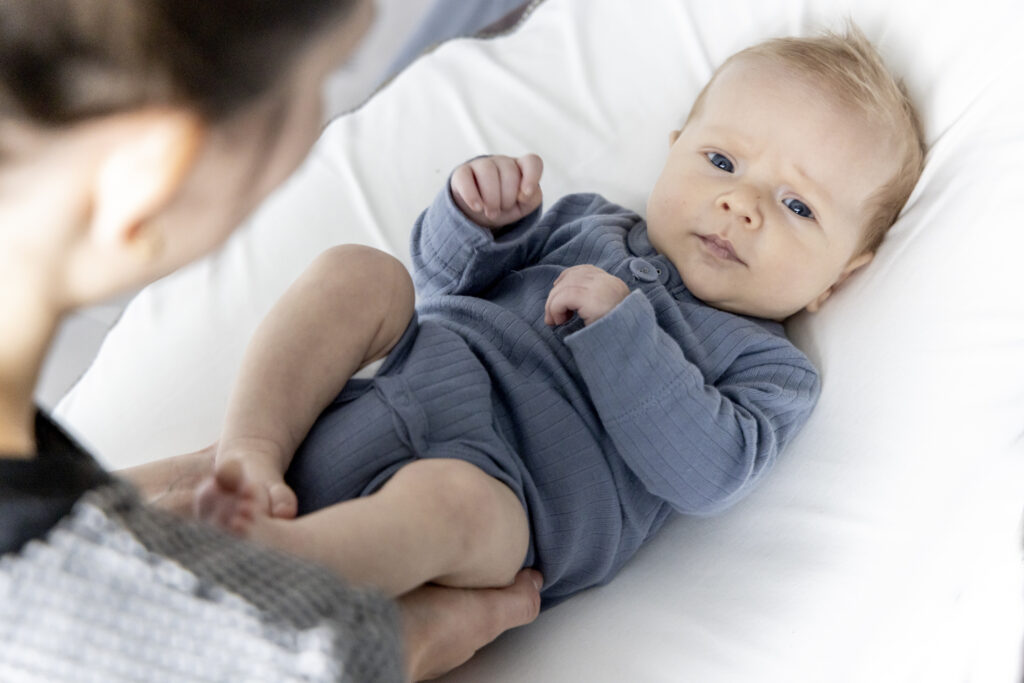The birth process can be quite an ordeal. As a midwife, I have the wonderful privilege of having witnessed many births. Giving birth is a huge emotional rollercoaster for expecting moms and dads. But what about the baby? Imagine living in a cosy warm house for 9 months with very little stimuli (most outside sensations made silenced in this enormous bathtub you’re lying in). Then suddenly, out of nowhere, boom!!! The whole house starts to shake, you are pushed down, the bath is drained, your head is going towards a tunnel, it gets narrower and narrower, you have no idea what is happening, how long it will take or where you’re going. Or, in some cases, while you’re enjoying that nice bath, someone suddenly opens the bathroom door and drags you out, without any warning. To suddenly arrive in a room, so cold and bright, so much noise. Generally, it is a wonderful moment, but intense for everyone involved. Although most births proceed without too many major problems, each birth process requires a great deal of adaptability from the baby.
Any imbalance in the baby’s body can have an impact on its overall development. After all, a baby is still at the very beginning of its development.
The sooner an issue is addressed, the quicker the balance in the body can be restored. That is why osteopathy for babies has a preventive purpose as well as a curative one.
In some circumstances, the forces exerted during childbirth can be such that compensations made in the skull, the musculoskeletal system or the baby’s organs, remain present. Examples of this include:
- Abnormal fetal position : Breech presentation, posterior position
- Poor external rotation: asynclitism (head doesn’t go down all the way as planned)
- Shoulder dystocia : Baby gets stuck at shoulder height
- Umbilical cord entanglement : Umbilical cord around the neck
- Fundus pressure : The midwife pushes on the belly
- Use of equipment : Obstetrical forceps, cesarean section, kiwi, ventouse, …

When do I visit an osteopath with my baby?
NEWBORN SIGNS
- Digestive problems: cramps, reflux, difficulties swallowing , bowel problems, difficulties burping, etc.
- Delayed development motor skills: difficulties lying on stomach/rolling/sitting/crawling/walking
- Breastfeeding difficulties: difficulty latching, tongue clicking, …
- Distress – crying
- Sleeping problems
- Abnormal posture or movement patterns : Hyperextension, preferred position (newborn turns his head always in the same position) , head banging/head rubbing, posture/movement asymmetry
- E.g. sliding on the seat, asymmetrical crawling pattern
- E.g. compulsive position: keeps a certain position e.g. ‘banana position’
- Plagiocephaly or asymmetrical skull shape
- Recurring infections : Ear infections, inflammation of the upper respiratory tract, …
Any osteopath may treat babies and children, but it is still advisable to choose an osteopath who has specialised or followed additional training in the treatment of babies and children. A child is not a mini-adult and requires a different approach, different examination and treatment methods and, above all, a great deal of familiarity and adaptability (after all, a 2-year-old will not lie still on a treatment table like the average adult).
